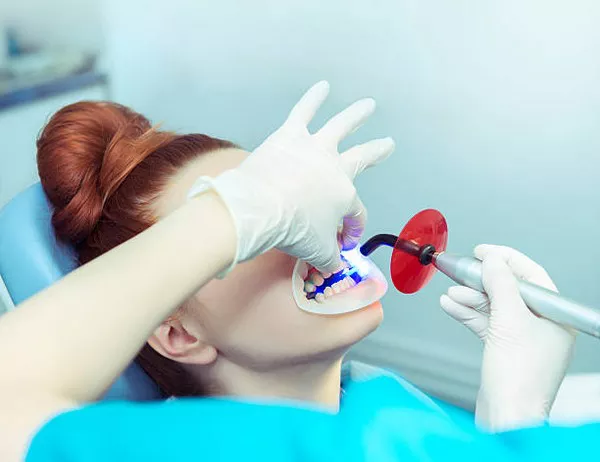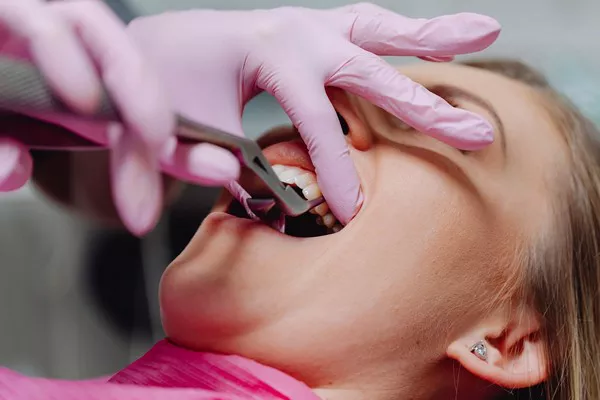Dental implants have revolutionized the field of dentistry, providing a durable and natural-looking solution for replacing missing teeth. However, there may be instances where it becomes necessary to remove and replace a dental implant due to various factors. In this article, we will explore the feasibility of removing and replacing dental implants, common reasons for removal, the removal process, post-removal care, replacement options, success rates, risks, and long-term care considerations.
Feasibility of Removal and Replacement
Contrary to popular belief, dental implants can indeed be removed and replaced, albeit with careful consideration and proper planning. While implants are designed to integrate with the jawbone and provide a stable foundation for replacement teeth, there are circumstances where removal may be necessary.
Reasons for Removal
Several factors may warrant the removal of a dental implant:
Implant Failure
Implant failure can occur due to various reasons, including poor osseointegration, peri-implantitis (infection around the implant), or mechanical complications. In such cases, removing the implant may be necessary to address the underlying issue and prevent further complications.
Infection
Infections around dental implants can lead to bone loss and implant failure if left untreated. In severe cases, the implant may need to be removed to eradicate the infection and allow for proper healing.
Change in Treatment Plan
In some instances, a change in the patient’s dental treatment plan may necessitate the removal of existing implants to accommodate new prosthetic options or address evolving oral health needs.
The Removal Process
The removal of a dental implant typically requires a surgical procedure performed by an oral surgeon or a periodontist. The process may involve the following steps:
Anesthesia
Before the removal procedure, the patient will be given local anesthesia to numb the surrounding area and minimize discomfort during the surgery. In some cases, sedation or general anesthesia may be used for patients with anxiety or complex surgical needs.
Incision
The oral surgeon will make an incision in the gum tissue to access the implant site and expose the implant fixture embedded in the jawbone.
Implant Removal
Using specialized instruments, the surgeon will carefully detach the implant fixture from the surrounding bone tissue and remove it from the jawbone.
Closure
Once the implant has been removed, the gum tissue will be sutured closed, and a protective dressing may be applied to promote healing.
Post-Removal Care
After the implant removal procedure, patients will be provided with instructions for post-operative care. This may include:
Healing Time
Allowing the surgical site to heal properly is essential for successful implant removal. Patients may experience some discomfort, swelling, and bruising in the days following the procedure, which can typically be managed with over-the-counter pain medications and cold compresses.
Dietary Restrictions
Patients may be advised to stick to a soft or liquid diet for the first few days after implant removal to minimize trauma to the surgical site and promote healing.
Oral Hygiene
Maintaining good oral hygiene is crucial during the healing process. Patients should continue to brush their teeth gently and avoid disturbing the surgical site while it heals.
See Also: How Much Does A Dental Implant Cost In Hyderabad
Replacement Options
After the removal of a dental implant, patients may explore various replacement options to restore their missing teeth and regain oral function. These options may include:
Implant Replacement
In cases where the implant was removed due to failure or infection, a new implant may be placed once the underlying issue has been addressed and the surrounding tissues have healed adequately.
Alternative Prosthetic Solutions
Depending on the patient’s oral health status and treatment goals, alternative prosthetic solutions such as dental bridges or removable dentures may be considered as replacement options.
Preparatory Steps
In some cases, preparatory procedures such as bone grafting may be necessary to rebuild lost bone tissue and create a stable foundation for a new implant.
Success Rates and Risks
The success rates of replacement dental implants are generally high, particularly when proper treatment planning and surgical techniques are employed. However, as with any surgical procedure, there are inherent risks and potential complications to be aware of, including infection, implant failure, and damage to surrounding structures.
Long-Term Care
Maintaining long-term oral health is essential for the success and longevity of replacement dental implants. Patients should adhere to regular dental check-ups and cleanings, practice good oral hygiene habits, avoid habits that can damage dental implants (such as smoking), and follow any recommendations provided by their dental care team.
Conclusion
While the removal and replacement of dental implants may be a complex and involved process, it is indeed feasible under certain circumstances. By understanding the reasons for removal, the removal process itself, post-removal care requirements, replacement options, success rates, risks, and long-term care considerations, patients can make informed decisions about their oral health and treatment options with the guidance of their dental care providers.
You Might Be Interested In





























